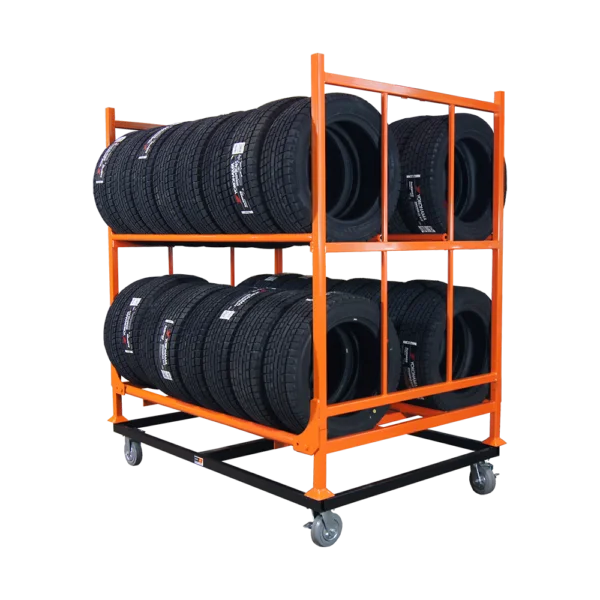How to Safely Use a Jack for Trucks: Tips and Tricks
Use of a jack for trucks. Among the foundational techniques a truck owner or mechanic is expected to learn and master is on the use of a jack. Whether your purpose entails tire changing, minor servicing, or lifting to inspect, safety is of utmost importance in the process. These are some of the fundamental tips and tricks that you should expect when using a jack for trucks, including some tips on what to get as the best floor jack for trucks and also some general information as regards what optimum tire care entails.
- Choose the right jack
Safety and efficiency ensure that you start with the appropriate choice of a jack. To achieve this, seek the best floor jack for trucks that can handle the weight and size of your vehicle. Hydraulic jacks with the capacity to lift heavy loads are most recommended as they offer a stable standing point for large trucks. It is always advisable to work according to the weight rating of the jack in order to safely handle your truck. - Preparing the Area
Before lifting your truck, make sure that you’re working from a safe and level ground. Clear debris from the area, and position your truck on solid ground far away from slopes or uneven surfaces. Then engage the parking brake to lock everything down and prevent movement in the process of lifting.

- Inspect Your Equipment
Always check your jack before you apply it. Look for hydraulic leaks from your jack and a handle that runs smoothly. Look for exposed looseness, as a bad jack can be disastrous. Ensure that all other jacks you apply – including jacks stands-have enough support to safely lift your truck. - Positioning the Jack
Refer to the owner’s manual for the truck for recommended jacking locations. A jack is designed alone, and proper placement is very important for stability. Position the jack at lifting areas. Make sure that the jack is in full contact with the truck’s frame. Do not position it on plastic parts as well as areas that will be crushed. - Position Safely
Raise your truck slowly. Gradually jack up the vehicle slowly and steadily, keeping a lookout for signs that it might become unstable. Apply even, smooth pumping motions to the hydraulic jack’s handle until your truck is up to the desired height. Never jerk, as it may lead to an accident. - Jack Stands
To further the support, you will use the jack stands. NEVER use a jack to support your truck on its own. Position the jack stands under the frame of the vehicle at the same jacking points and lower the truck down onto those stands. It increases safety and significantly minimizes the chances of accidents happening. - Tire maintenance
While the truck is still raised, it may also be a good time to get some tire service done. In the event you do need to change a tire, now’s an excellent opportunity to look them over for signs of wear.
If you are going to upgrade to better tire performance, add some tire balancing beads. The result will be better balance, which means longer tire life, giving you a smooth ride once your truck hits the road again. - Lowering the Truck
Ensure that you clear everyone around the vehicle before lowering the truck. Gradually release jack pressure and let the truck very slowly drop unto the ground slowly. In fact, monitor the jack and stands all through for them to be stable in the process.
Conclusion
Using a jack for trucks is safe and effective when planned ahead, with the right equipment, and by following safety guidelines. When preparing the workspace with the best floor jack for trucks, ensuring that all your tools are in good condition, and doing everything the right way, you’ll be confident in doing truck maintenance. Other practices that you can add on, such as using tire balancing beads, enhance your truck’s efficiency and safety. Here’s how you can safely and effectively use your truck with some tips and tricks about truck maintenance.


